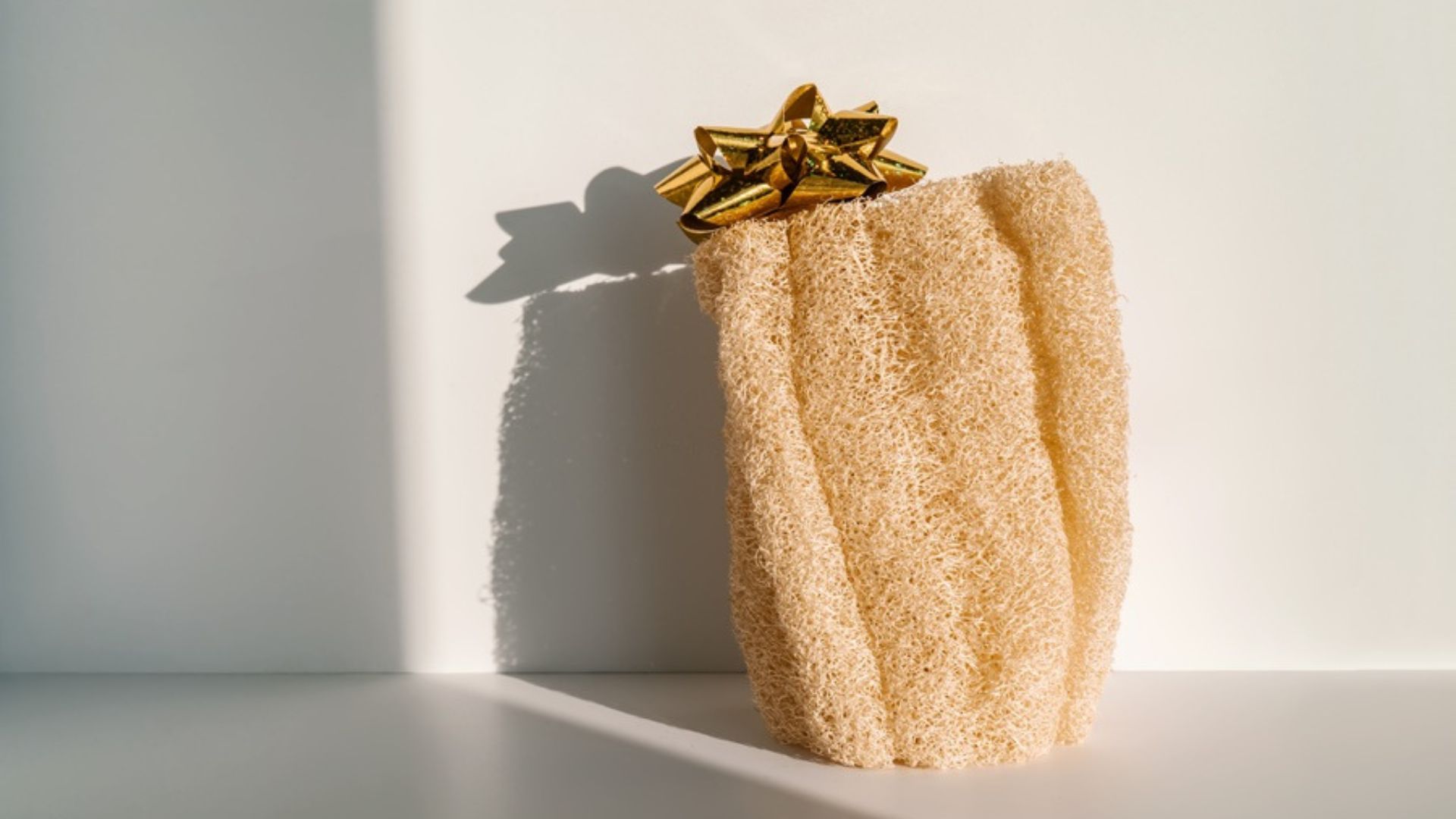A team of researchers at the University of Tokyo has created a new synthetic polymer inspired by the natural loofah sponge.
The material is strong when dry, flexible when wet, and responds to pH changes, making it suitable for filtration and structural applications.
Designed with sustainability in mind, this loofah-like polymer could transform how lightweight materials are used in electronics, construction, and medical devices.
Filters viruses, responds to pH
The porous material resembles a natural loofah in structure, but it wasn’t intended to look that way.
“We developed a lightweight yet mechanically robust porous polymer, which resembles the fiber network of a natural loofah sponge. Though we did not set out to create something with such an appearance, it was a pleasant surprise,” said Associate Professor Yoshimitsu Itoh from the Department of Chemistry and Biotechnology at the University of Tokyo.
The polymer’s pore network is fine enough to allow fluids to pass through while blocking bacteria and viruses. Importantly, it also kills the viruses it filters.
That functionality, combined with its responsiveness to pH, becoming more rigid or flexible depending on acidity, makes it versatile.
Some of the properties were inspired by real loofahs, which are dried plant husks, not plastic, as many assume.
Like their natural counterparts, the synthetic version is stiff when dry and softens when wet.
Itoh said the team aimed to mimic some of nature’s materials but with synthetic control to allow more functional variations. “So-called polymer materials like this already exist in nature, but we wanted to create something synthetic as it affords us control over its properties such that we can give it various useful functions.”
The new polymer achieves impressive stiffness, up to 11 gigapascals, despite its low density of only 0.5 grams per cubic centimeter. According to Itoh, that’s four times stronger than typical polymers.
“One drawback of lightweight polymers is their mechanical weakness — they tend to be very soft,” he said. “But ours is low density… but has a stiffness of 11 gigapascals.”
This strength, paired with low weight and environmental safety, opens the door to using the material in devices where durability is crucial but mass must be minimized.
The team says it’s made from a substance similar to lignin, a natural component found in wood.
The polymer can also be coated onto other surfaces, expanding its use in manufacturing, especially where minimal raw material use is essential for sustainability.
Thin films, zero post-processing
The polymer’s production is simple. It uses pure water, applied voltage, and a mixture of resorcinol and an aldehyde. These ingredients combine to spontaneously form an ultrathin, porous membrane, with no extra processing needed.
“One big advantage of this membrane is that there is no need for post-processing,” said Itoh. “Usually, thin films are made by first synthesizing the bulk polymer and then processing it into a film. Our method can directly give the product the form of a thin film and is, in principle, applicable to roll-to-roll processing.”
The team is also experimenting with baking the membrane in an inert atmosphere to create a porous carbon version. This could pave the way for nanoscale electronic components like microcapacitors.
While industrial use may still be years away, the low-cost and scalable nature of the process makes the innovation promising for future sustainable technologies.
The study is published in the journal Science.
